AO Edited
Powder Hill Dinosaur Park
This petite park lets visitors see and touch examples of fossilized dinosaur tracks.
Dinosaurs and other prehistoric beasts once roamed Southern New England, leaving evidence of their wanderings in the form of footprints on the sandy shores of the ancient river delta that flowed through the Connecticut Valley. Over millions of years, this sediment solidified into sandstone, preserving the footprints as fossils. In modern times, this rock, also called brownstone or arkose, has been quarried extensively for building material.
In the 19th century, one such quarry lay on the Middlefield, Connecticut, property of Wesley Roswell Coe, a lecturer and Curator of Zoology at the Peabody Museum of Natural History at Yale University. From 1848 to 1849, stone cut from this quarry was used to construct a dam across the nearby Beseck River. The resulting lake provided hydraulic power to a multitude of factories built along its shores.
Dinosaur tracks were discovered in the Coe quarry soon after excavations began. Like many places in the Valley where dinosaur prints had been found, the Middlefield site became a popular curiosity that drew tourists from surrounding towns.
When Coe passed away, his family donated the footprint-bearing portion of the quarry to the Peabody Museum. Under this new management, it was dubbed the Peabody Museum Outdoor Exhibit. In 1976, ownership of the site was transferred to the town of Middlefield and the quarry renamed Powder Hill Dinosaur Park.
The footprints at the park date from the early Jurassic and represent three fossil species. Eubrontes tracks, the largest at the quarry, were made by a large, bipedal carnivorous therapod dinosaur. The smaller Anchisauripus and Grallator tracks were left by smaller carnivores, which may have been juveniles and young of the same dinosaur species that left the Eubrontes tracks. It should be noted that in paleoichnology—the study of fossil animal traces such as footprints, burrows, and droppings—tracks are given scientific names of their own because the exact species of animal that made them cannot always be determined.
Know Before You Go
Powder Hill Dinosaur Park is a small site, about the size of a large backyard, and can be easily seen in about a half hour. The park is located along Powder Hill Rd. between South St. and Long Hill Rd., adjacent to a gravel road that leads to the (dinosaur-less) Powder Ridge Mountain Park and Resort.

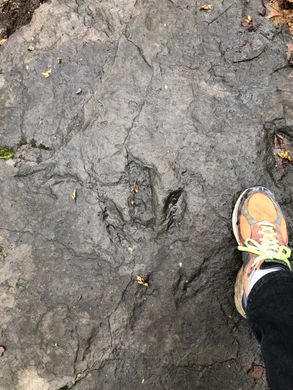




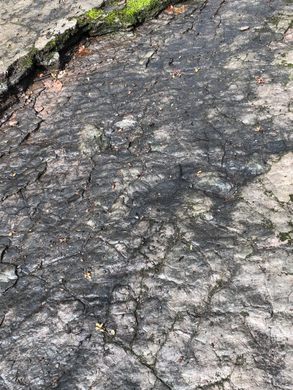
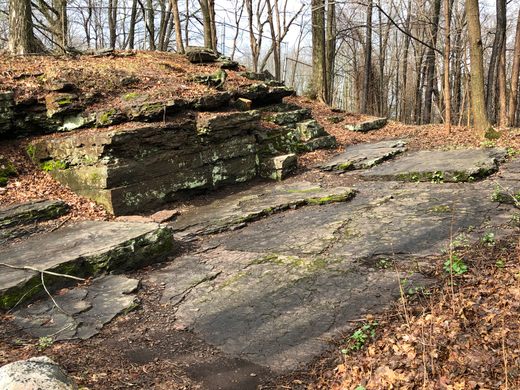
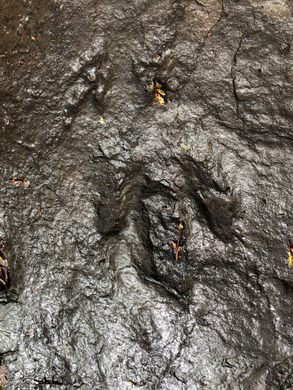
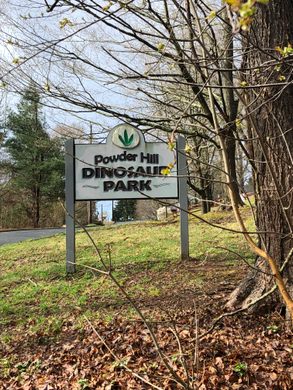











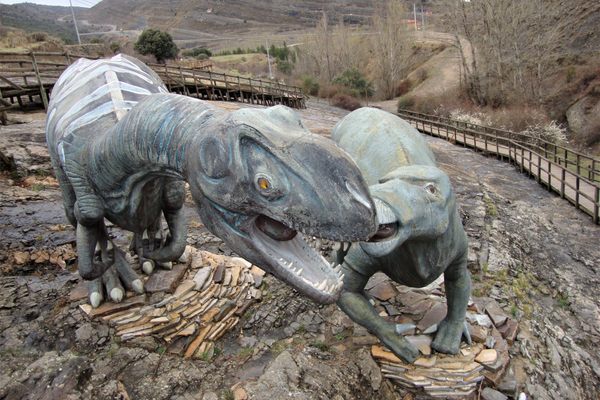
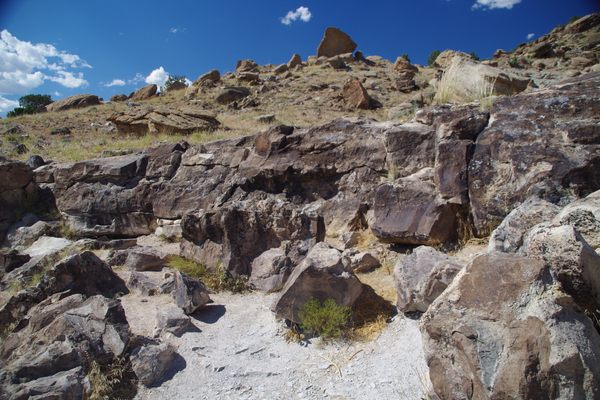



Follow us on Twitter to get the latest on the world's hidden wonders.
Like us on Facebook to get the latest on the world's hidden wonders.
Follow us on Twitter Like us on Facebook